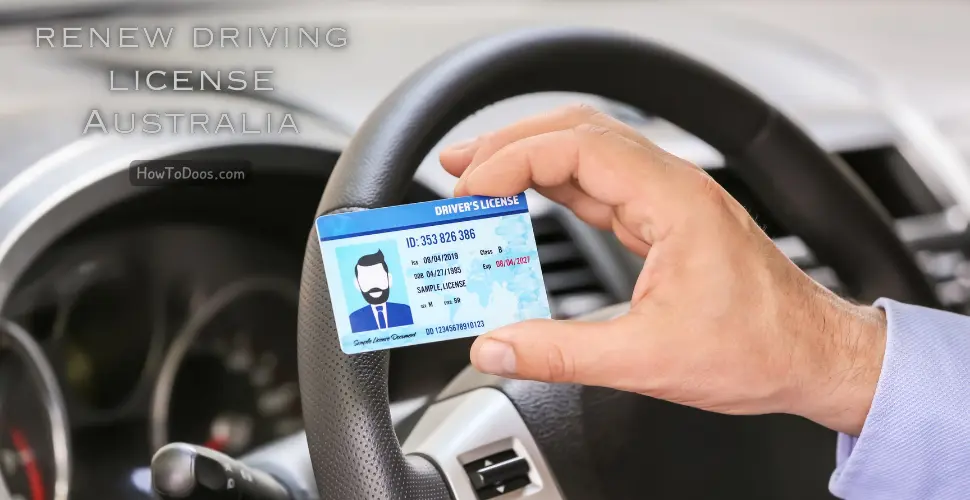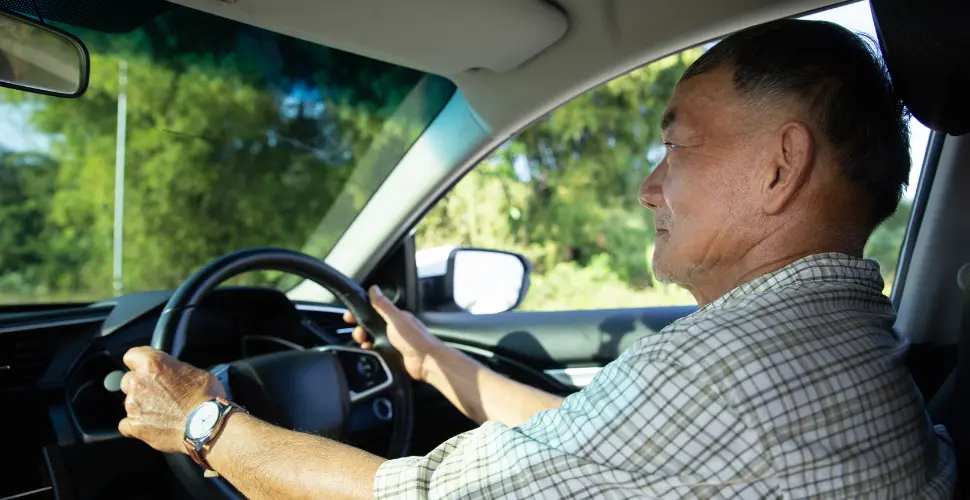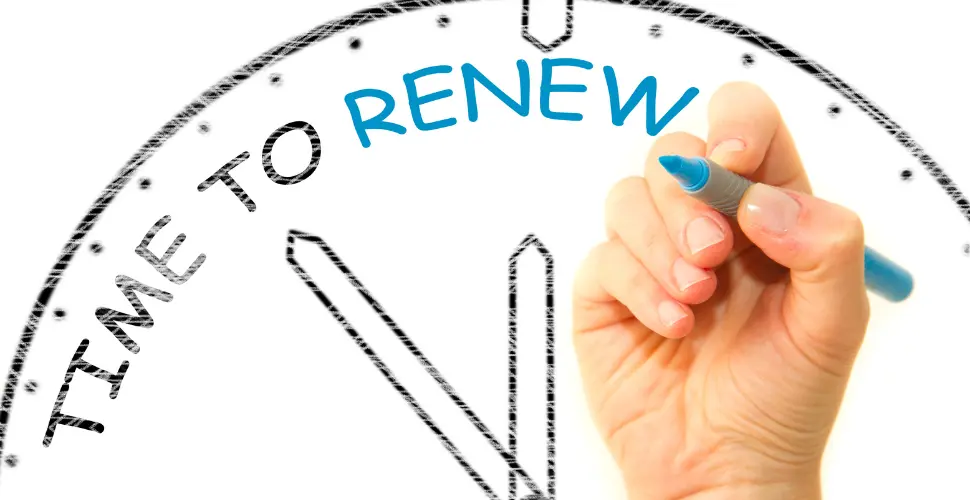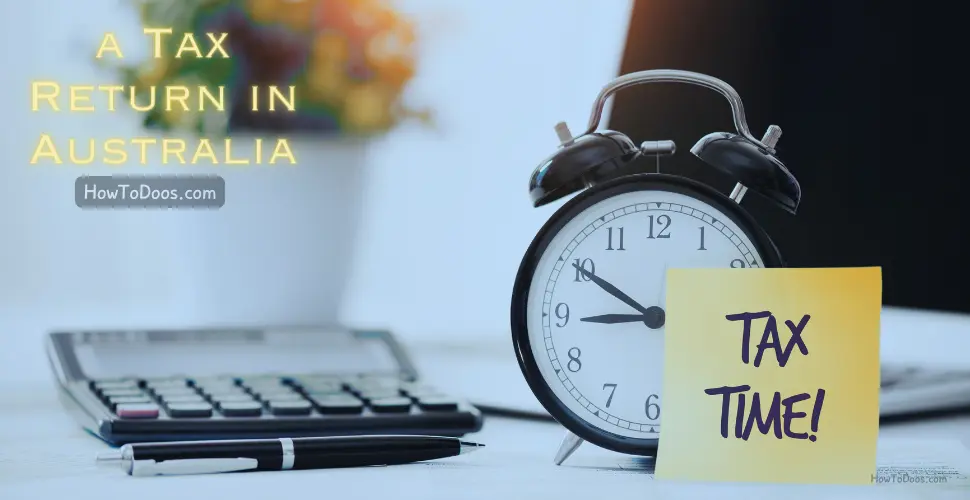How to Renew Driving License in Australia – A Complete Guide
-
 Emily Carter
Emily Carter - 18 Aug, 2024

Renewing your driving license in Australia is a straightforward process, but it varies slightly depending on the state or territory you live in. Whether you’re renewing online or in person, this guide will walk you through the steps, documents needed, fees, and other important details to ensure your license is up-to-date.

Why Is It Important to Renew Your Driving License?
Your driving license is not just a permit to drive; it’s an official identification document in Australia. Keeping it valid is crucial not only to stay compliant with the law but also to avoid fines, penalties, and even the risk of being uninsured in case of an accident. Additionally, a current license is often required for various other purposes, such as renting a car, applying for a job, or accessing certain services.
Steps to Renew Your Driving License in Australia
1. Check Your Eligibility
Before you begin the renewal process, ensure you are eligible. You will typically receive a renewal notice from the relevant road transport authority about six weeks before your license expires. The notice will include details like your license number, the expiry date, and instructions on how to renew.
Some common eligibility criteria include:
- Your license is within the renewal period (usually 6 weeks before and up to 5 years after the expiry date).
- You do not have any outstanding fines or disqualifications.
- Your photo on the license is not older than 10 years (if renewing online).
- You do not have any medical conditions that require assessment (if renewing online).
2. Choose Your Renewal Method
Depending on your state or territory, you can renew your driving license through one of the following methods:
a. Online Renewal
If eligible, renewing online is the most convenient option. The process generally involves:
- Visiting the official website of your state’s road transport authority (e.g., Service NSW, VicRoads, Department of Transport and Main Roads Queensland).
- Logging in using your account details, such as your license number and password or creating an account if you don’t have one.
- Following the prompts to verify your identity, confirm your personal details, and select your renewal options.
- Uploading any required documents or a recent photograph, if applicable.
- Paying the renewal fee using a credit or debit card.
Once completed, you may be issued a temporary digital license or a receipt, which can serve as proof of renewal until your new physical license arrives.

b. In-Person Renewal
For those who prefer, or are required, to renew in person, you can do so by visiting a service center. The steps usually include:
- Booking an appointment (optional in some locations) at your nearest service center.
- Bringing your renewal notice, current driving license, and any other required documents, such as proof of identity, residency, and a medical certificate (if applicable).
- Completing any forms provided at the service center.
- Paying the renewal fee using cash, card, or other accepted payment methods.
- Having your photo taken and/or providing a signature, if required.
You will typically receive a temporary paper license, which is valid until your new card is mailed to you.
c. Renewal by Mail
Renewing by mail is an option in some states and territories, particularly if you are temporarily living outside Australia or in remote areas. The process generally involves:
- Filling out the renewal form included with your renewal notice or downloading it from the official website.
- Providing photocopies of required documents, such as your current driving license, proof of identity, and proof of residency.
- Including a passport-sized photograph if a new photo is required.
- Mailing the completed form, documents, and payment (usually by cheque or money order) to the address provided.
Make sure to send your application well before your license expires to avoid any delays.
3. Gather the Required Documents
Regardless of the renewal method, you will need to provide certain documents to complete the process. These may include:
- Current Driving License: Your existing license, even if expired, is often required.
- Proof of Identity: Such as a passport, birth certificate, or citizenship certificate.
- Proof of Residency: A utility bill, bank statement, or rental agreement showing your current address.
- Renewal Notice: If renewing in person or by mail, bring the renewal notice you received.
- Medical Certificate: If you have certain medical conditions, you may need a certificate from your doctor confirming that you are fit to drive.
- New Photo: If your current photo is outdated (usually over 10 years old), you may need to provide a new passport-sized photo or have one taken at the service center.
4. Pay the Renewal Fee
The fee for renewing your driving license varies by state or territory, as well as by the length of the renewal period (e.g., 1 year, 3 years, or 5 years). The fees may range from AUD 50 to AUD 150 or more. Payment options typically include:
- Online: Pay with a credit or debit card during the online renewal process.
- In-Person: Pay with cash, credit/debit card, or other accepted methods at the service center.
- By Mail: Include a cheque or money order with your renewal form.
Some states also offer concessions or discounts for pensioners, seniors, or people with disabilities.
5. Wait for Your New License
After completing the renewal process, your new driving license will be mailed to your registered address. This usually takes about 5 to 10 business days, but it can vary depending on your location and the method of renewal. In most cases, you can continue to drive with your current license until the new one arrives.
If you don’t receive your new license within the expected timeframe, contact your state’s road transport authority to inquire about the status of your renewal.
Special Considerations
Expired Licenses
If your license has already expired, you may still renew it, but additional steps may be required. These can include:
- Reapplying as a new license holder: If your license has been expired for a long period (usually over 5 years), you may need to reapply for a new license, which could involve retaking the knowledge test, driving test, or providing additional documentation.
- Providing a Medical Certificate: Depending on your age and medical condition, you might need a certificate from your doctor to confirm that you are fit to drive.
- Paying a Late Renewal Fee: Some states may charge an additional fee for renewing an expired license.
Interstate or Overseas Renewal
If you’re living interstate or overseas temporarily, most states allow you to renew your license by mail or online. Make sure to:
- Check the Requirements: Each state has different rules for renewing from outside the state or country, so verify the requirements on your state’s road transport authority website.
- Provide a Valid Mailing Address: Ensure your mailing address is correct, as your new license will be sent there.
- Plan Ahead: Allow extra time for the renewal process and delivery, especially if you are overseas.
Medical Conditions
Drivers with certain medical conditions may need to provide a medical certificate confirming their fitness to drive. This is particularly important for older drivers or those with conditions like epilepsy, diabetes, or vision impairments. The certificate should:
- Be completed by a registered medical practitioner: Your doctor will assess your condition and its impact on your driving ability.
- Be submitted with your renewal application: Either online, in person, or by mail, depending on your renewal method.
- Meet State Requirements: Each state has specific guidelines for medical assessments, so check the rules in your area.

Summary
Renewing your driving license in Australia is an essential task that ensures you remain a legal and safe driver. The process is simple and can often be completed online, but it’s important to follow the correct steps and provide the necessary documentation. By choosing the right renewal method, paying the applicable fees, and planning ahead, you can ensure a smooth renewal process and avoid any disruptions to your driving privileges.

